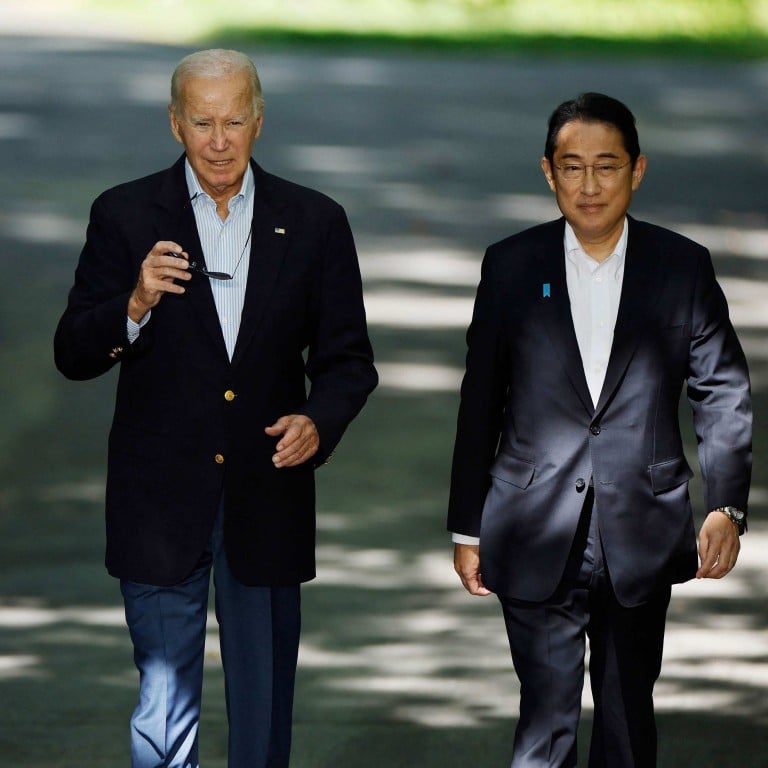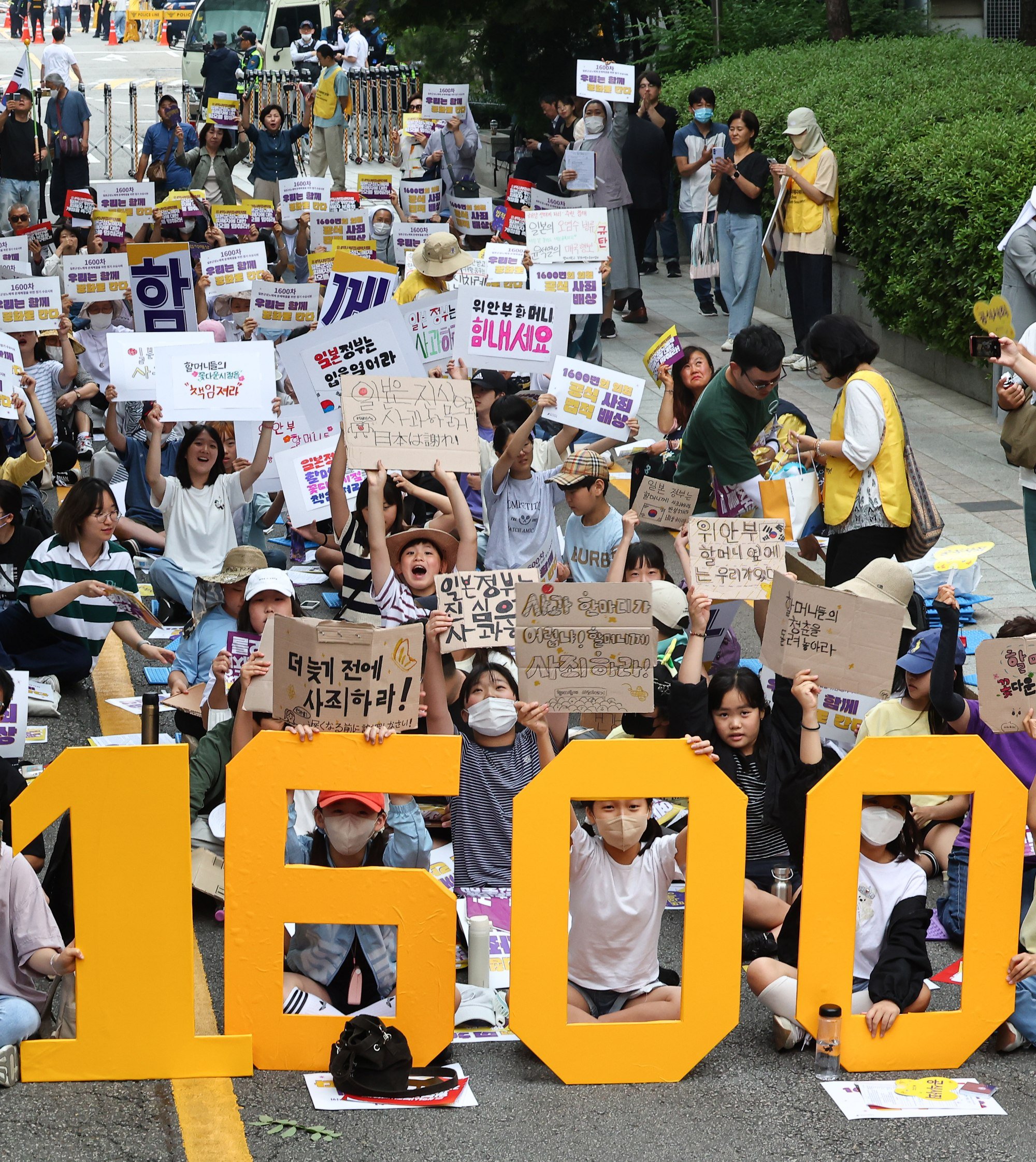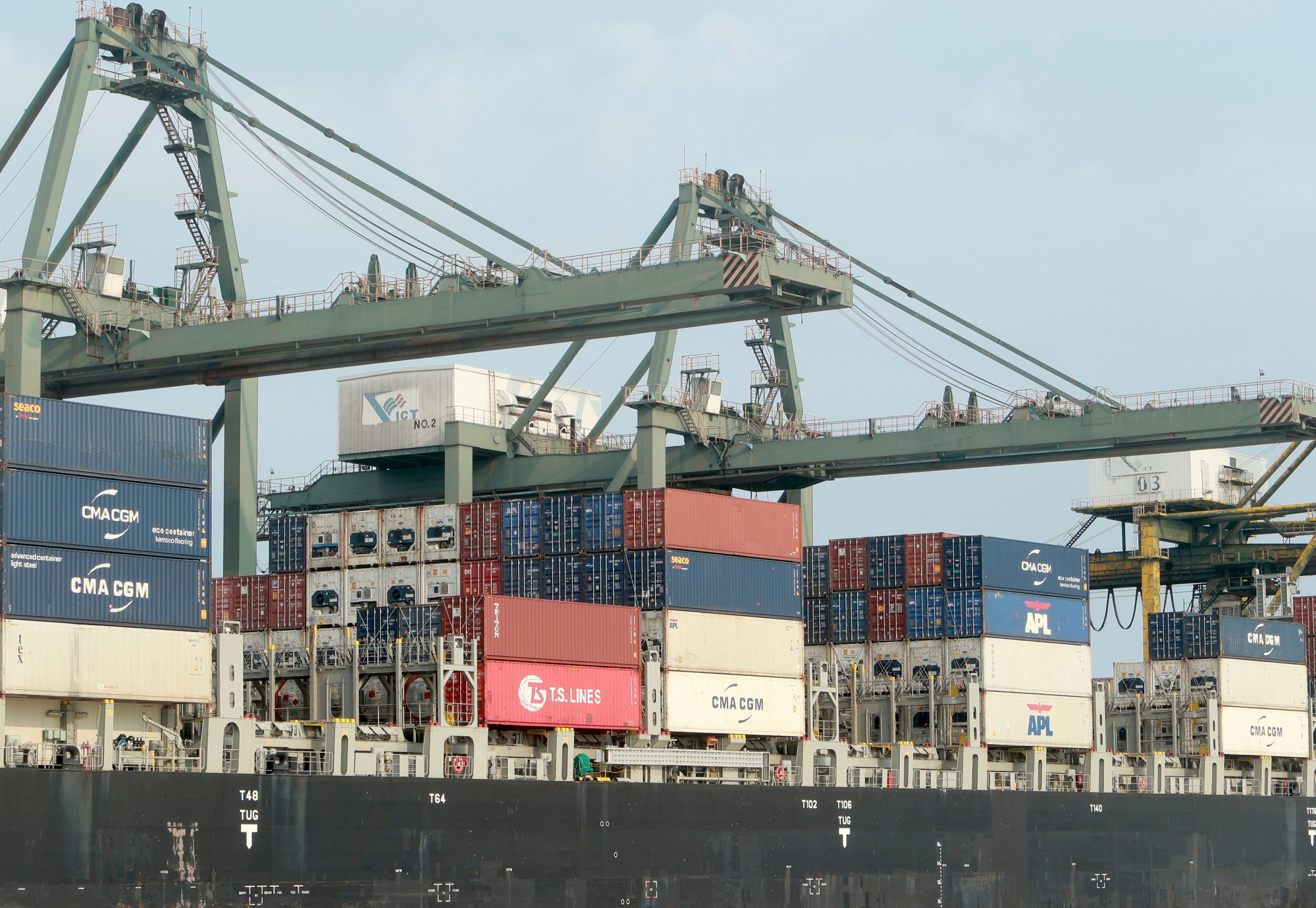
US can’t rely on military prowess to counter China in Asia, despite partnership with Japan, South Korea
- Recognising that traditional, highly centralised military alliances like Nato might not be the best fit today, the US has turned to minilateral security arrangements
- However, in countering China, Washington’s ‘integrated deterrence’ strategy has three weaknesses
In the past decade, the American policy elite has begun to appreciate the enormity of China’s rise. Although the US is widely seen as the world’s leading military power, with the largest economy in nominal terms, the Asian powerhouse is just too influential to be “contained”.
Unlike the Soviet Union, China is an integral component of the global economy and has enough wealth and people to sustain formidable and sophisticated armed forces. China is rightfully seen as a “near peer” of the US and, thus, the emerging US-China competition can be characterised as a real cold war.
Meanwhile, there is also a growing recognition that traditional, highly centralised military alliances may not be optimal for the hybrid challenges of the 21st century. Accordingly, the US is embracing new, flexible, “minilateral” security arrangements with like-minded powers and key allies in vital regions.
The recent Camp David meeting is just latest iteration of ongoing efforts to establish new security alliances, which transcend top-down, heavily structured blocs such as Nato.
At Camp David, the US, South Korea and Japan reiterated their commitment to the complete denuclearisation of North Korea. However, China was clearly a central concern, with the joint statement highlighting “dangerous and aggressive behaviour” by China” and “strongly opposing any unilateral attempts to change the status quo in the waters of the Indo-Pacific”.
The China-based Global Times cast the Camp David summit as a reflection of the “US’ desire to build a ‘mini-Nato-style’ trilateral military alliance in Northeast Asia”. However, the US’ integrated deterrence strategy against China has three major weakness.
Why China sees the Camp David summit as start of de facto military alliance
As for South Korea, it’s doubtful whether the current conservative administration can sustain its anti-China agenda. As Robert Kelly, professor of political science at Pusan National University, has said, growing security cooperation with Japan and the US is not a reflection of a “programmatic campaign” to alter Seoul’s strategic calculus, but instead a reflection of the whims of the unpopular incumbent, who is “just doing it on his own” which makes it “hugely reversible when he’s out of power in 2027”.

Though it’s true that US imports from China decreased by 14 percentage points between 2017 and 2022, friendly nations as varied as Vietnam, Malaysia and Mexico are now more dependent on Chinese intermediate and raw material imports. In some cases, imports from Southeast Asian nations were found to be primarily repackaged Chinese-made products.

Even a relatively modest “digital free trade” deal ran into trouble. Key partners, such as Singapore, have warned of the disruptive impact of Washington’s sanctions-centric strategy against China.
Richard Heydarian is a Manila-based academic and author of Asia’s New Battlefield: US, China and the Struggle for Western Pacific, and the forthcoming Duterte’s Rise

